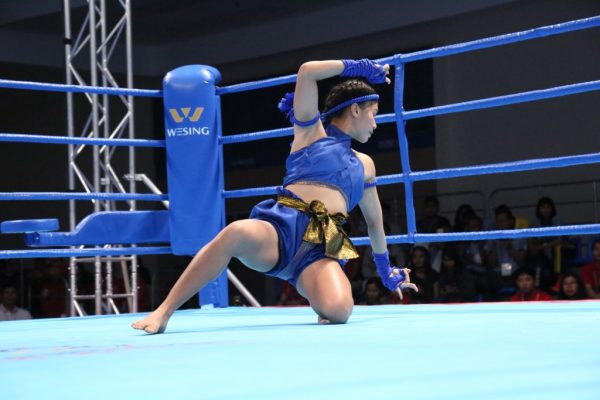Muaythai Disciplines
The foundations of muaythai is built on five important pillars; Tradition, Respect, Honour, Excellence & Fairplay. The different disciplines in muaythai are practiced for various reasons. It can be for fitness, self-defence, competition or as a cultural art form. Muaythai is in essence a way of life.
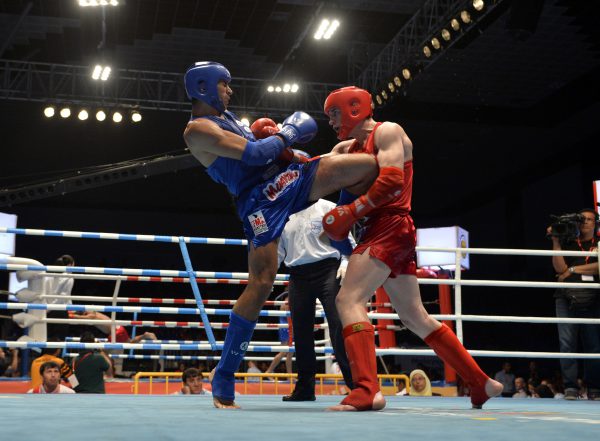
Combat
Muaythai is also known as Muay or Thai Boxing which is either competed in round-robin format or single elimination.
It is known as the sport of eight limbs where practitioners utilise their fists, elbows, shins and knees. Amateur practitioners wear a head guard, elbow guards, shin guards and gloves whilst the professional use only the gloves. Under IFMA’s auspices its professional wing the World Muaythai Council or WMC has merged to sanction championship events internationally.
The discipline of muaythai is included in the official sports program of many multi-sport games such as The World Games, World Combat Games, FISU World University Championship program, European Games, Asian Beach Games, Asian Indoor and Martial Art Games, demonstration sport in the Asian Games, SEA Games TAFISA Games and many others.
Muay Boran / Mae Mai Muaythai
Muay Boran is the umbrella term for “Hand-to-Hand Combat” or self-defense in muaythai. In Thailand It is composed of five disciplines – Muay Chaiya, Muay Korat, Muay Lopburi, Muay Tahsouh and Muay Pala Sueksa (or Muay Panakorn). They can be identified by their different stances and techniques. Muay boran bouts were traditionally fought with rope bindings on the hands (Kad Chuek). Today, competitions are held as either demonstrations with very little contact or full contact.

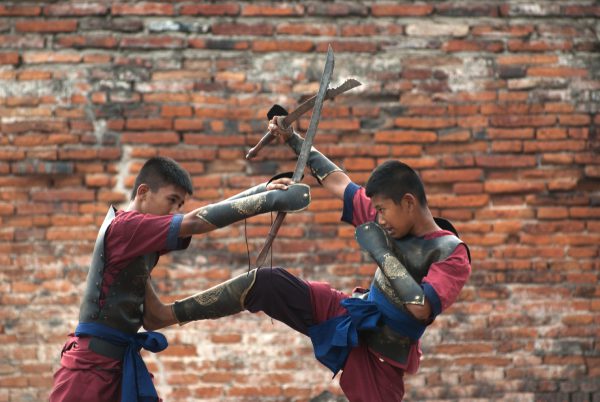
Krabi Krabong
Krabi Krabong is the weapon based discipline of muaythai. The system includes the main weapons; the curved sword (Krabi) and staff (Krabong).
Muay Talay
This is a fun take on muaythai and is competed on the beach or over a body of water. Competitors compete whilst sitting on a beam using balance and strength, the victor being the opponent which remains on the pole.
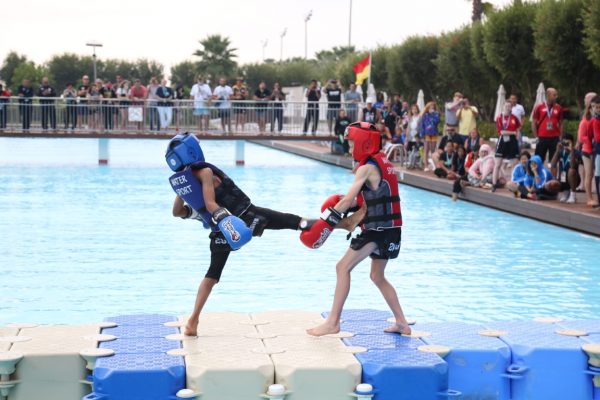
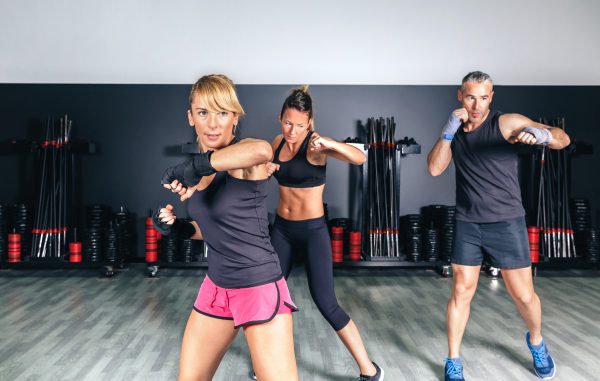
Muay Aerobic
his is a total work out programme which includes muaythai training tools such as pad work, bag work, circuit and body strength training. Fitness centres around the world use this unique high-calorie burning work out programme either in one to one personal training (PT) sessions or group circuit training sessions.
Wai Kru
